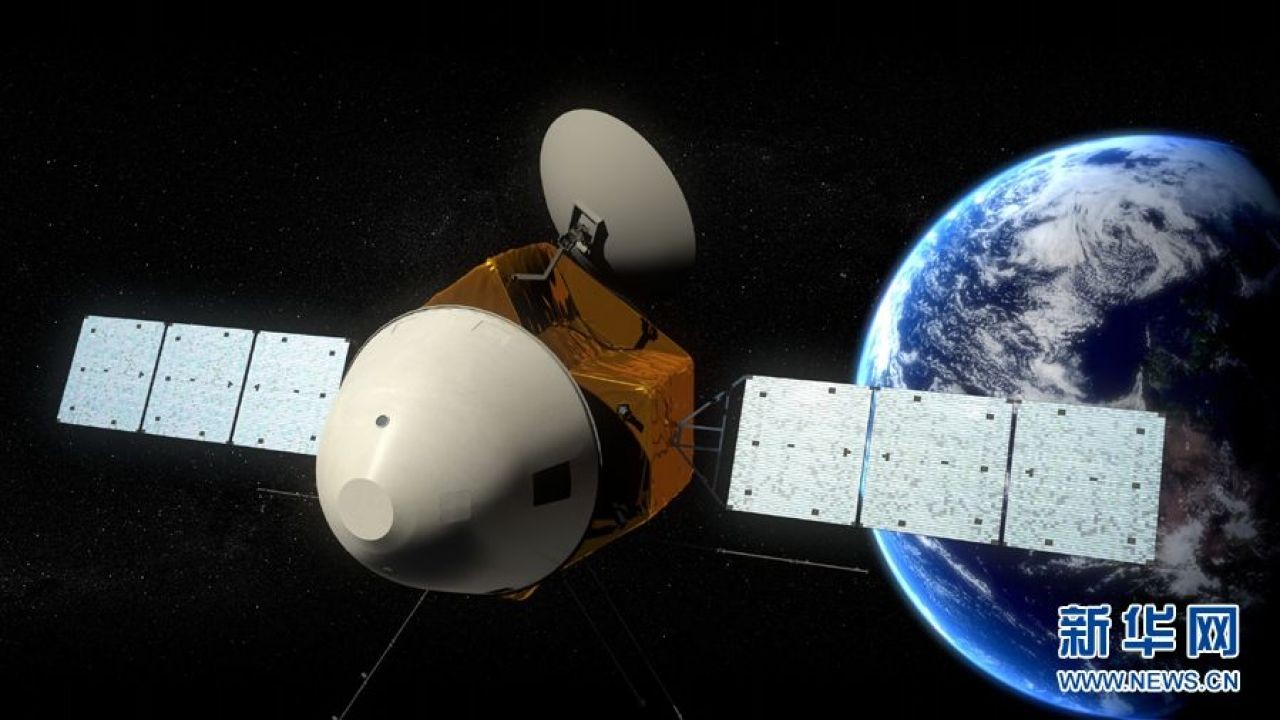- NASA has successfully launched supersonic Mars landing parachute into the sky during a key test designed to mimic the conditions of entering the red planet. The Advanced Supersonic Parachute Inflation Research Experiment (ASPIRE) was launched aboard a sounding rocket on March 31 from NASA’s Wallops Flight Facility in the US.
- The supersonic parachute will help its space exploration missions to land on Mars.
- The test of ASPIRE was meant to mimic conditions that spacecraft will experience during red planet entry, descent and landing (EDL). Shortly after liftoff, ASPIRE splashed down into Atlantic Ocean, from where it was retrieved by boat.
- The Analysis of recovered parachute, and data gathered by cameras and other instruments will help researcher’s complete design of the chute for NASA’s 2020 Mars rover.
Significance of the Test
- The Mars rover is scheduled to launch in two years (by 2020) on a mission to hunt for signs of ancient life on the Red Planet. The six-wheeled vehicle, whose body is based heavily on NASA’s Curiosity Mars rover, will study rocks on site and cache samples for eventual return to Earth.
- The rover will rely on special parachute to slow spacecraft down when it is entering Martian atmosphere at over speed of 12,000 mph (5.4 kilometres per second).
Source: Business Line

